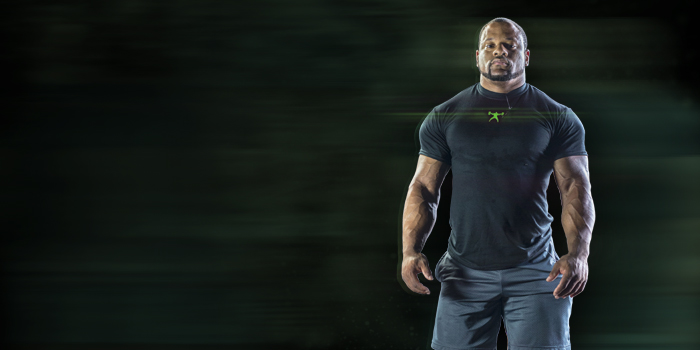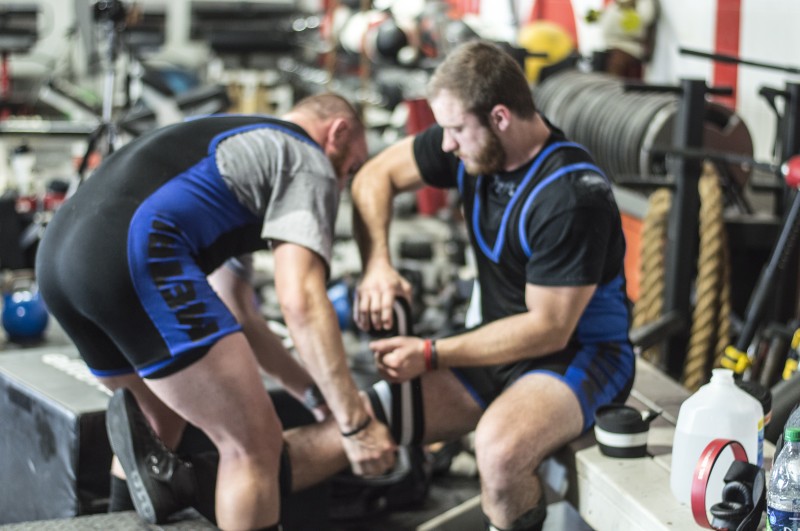
Throughout this article series, there has been an exclusive look into athlete and training personnel, detailing substantial emphasis on training structure and continuous progress. The competitive training goals were primarily described as role-dependent responsibilities and expectations for ensured competitive success by both athletes, and trainers, programmers, and coaches. As a reference, the premise of competitive training success has previously been defined as follows:
“...to end the calendar year with better strength qualities, with increased training capabilities and strength measurables.”
If the above definition is appropriately applied to training theory and practice then the athlete, trainer, programmer, or coach should hypothetically experience notable gains in all applicable validations of strength improvement and proficiencies. Therefore, once the competitive season commences, the athlete will need to be transitioned into a contrasting training paradox, otherwise known as the off-season.
WATCH: Table Talk — Flaws of Percentage-Based Programming and Training
In many circles of competitive strength sport, the paradox of the off-season is of vast contrast in comparison to in-season sport training. Personally, that thought process could be refuted as “non-ideal” depending on the application and methodologies of the trainer, programmer, or coach's approach to athletic training. The importance of understanding what a proverbial off-season should or could entail is extremely important for the continual improvement in competitive strength sport and power-based athletics. The off-season should be most appropriately and simplistically separated into the following aspects:
- Time Dependence
- In-Season Success
- Skill Assessment
- Strength Improvement of Premised Measurables
- The Transitioning into the Impending Competitive Season
When the above aspects are examined individually, the athlete and his or her trainer, programmer, or coach will realize that each aspect is vital to the continual improvement of the athlete to become adequately prepared for their respective competitive environment. In addition, when they are enacted simultaneously, the athlete should experience sweeping gains at the commencement of off-season/non-peak training.
In the previous article, “The Yearly Training Plan of the Strength Athlete — Adapting Evaluations into Training Practice”, the importance of proper critiquing and evaluations of training to ensure continuous in-season sport improvement based upon applicable measurables was exclusively described. This concept is of greater prominence in non-peak strength training application.
The primary determining factor of off-season/non-peak training is time; the duration of time for skills improvement is heavily dependent upon the athletic endeavor the athlete chooses to partake in. For instance, the average high-school off-season is of moderate duration, say 12-16 weeks depending upon geographical location. Whereas, in contrast, strongman and powerlifting/weightlifting can be of differing proportions dependent upon the skill level of the given athlete. Nonetheless, the aspect of off-season length will determine the duration of time spent on specific athletic sporting measurables.
However, there is a very close, dependent relationship to the aspect of competitive season success. This is most easily explained by the definition of strength improvement aforementioned. If the athlete is of greater strength proficiency, he or she may not necessarily need to place greater importance on high-intensity driven training modules that closely resemble the in-season approach. An example of this could be greater emphasis on mobility, flexibility, and/or rehabilitative measure to ensure competitive longevity.
This is in contrast to the less proficient athlete who may need to be programmed for greater bouts of closely-mirrored exercise, prescribed in order to fine-tune motor unit proficiency to a given task or movement. In some ways there will be glaringly apparent needs to be addressed in the off-season training, and in some ways, it may require greater attention to a sound thought process. An experienced coach, programmer, or trainer should most definitely be able to appropriately classify the athlete’s needs.
RELATED: An Introduction to the Yearly Training Plan of the Strength Athlete
Inevitably, when the needs of an athlete’s off-season/non-peaking training requirements are not as greatly understood, there is a need for an extensive review of applicable skills assessment. This could be of endless imagination to the athlete, programmer, or coach. This is due to the nature of training that an athlete’s needs should, in theory, be under constant evolution. This could include the introduction of refined methods of training, the review of non-related but specific exercises, and multi- or single-joint movements.
An experienced coach, athlete, trainer, or programmer should ideally have known correlative measurables to draw upon to be able to adequately assess the skills of a given sport. This topic will be exclusively explained at a later time. The above aspect is also in close dependence of strength measurable improvement and is undoubtedly the end achievement to be had by all athletic individuals of strength sport. In any successful off-season/non-peak training module, the addressed strength deficiencies should become of a decreased deficient nature.
Accordingly, the transition back into the competitive in-season training protocol should be handled with care and diligence. The athlete, programmer, coach, or trainer should be able to properly ease the athlete back into more intensive training for competitive strength sport; this process can vary in nature due the variance of individual enacted training methodology. To better understand how this could be appropriately achieved, review below. This is a sample 16-18 week waved format.
- Two Weeks: Evaluation Wave
- Four Weeks: Low-Intensive, Moderate Volume Wave
- Three Weeks: Moderate-Intensive, Moderate Volume Wave
- Two Weeks: High-Intensive, Minimal Volume Wave
- Three Weeks: Moderate-Intensive, Moderate Volume Wave
- Two Weeks: High-Intensive, Minimal Volume Wave
- Two Weeks: Low Intensive, High Volume Wave (Beginning of In-Season Training)
The off-season approach is the primary bridge linking the competitive and non-competitive training environment. If it is mishandled, it has the ability to impede the athlete’s success going into the approaching competitive strength sport endeavor.











